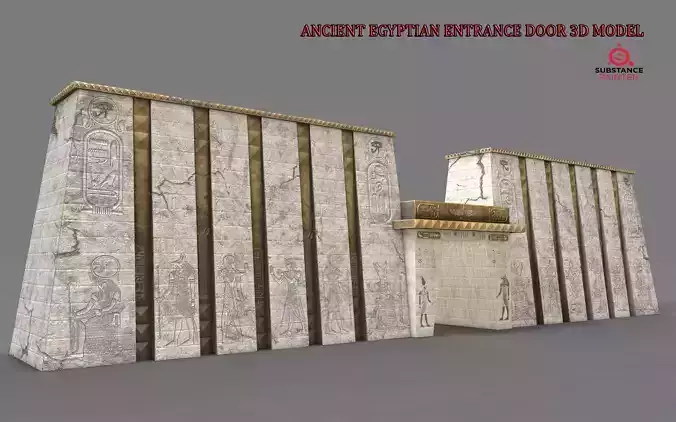1/38
The Karnak Temple Complex, commonly known as Karnak (/ˈkɑːr.næk/),[1] comprises a vast mix of temples, pylons, chapels, and other buildings near Luxor, Egypt. Construction at the complex began during the reign of Senusret I (reigned 1971–1926 BCE) in the Middle Kingdom (c. 2000–1700 BCE) and continued into the Ptolemaic Kingdom (305–30 BCE), although most of the extant buildings date from the New Kingdom. The area around Karnak was the ancient Egyptian Ipet-isut (The Most Selected of Places) and the main place of worship of the 18th Dynastic Theban Triad, with the god Amun as its head. It is part of the monumental city of Thebes, and in 1979 it was added to the UNESCO World Heritage List along with the rest of the city.[2] The Karnak complex gives its name to the nearby, and partly surrounded, modern village of El-Karnak, 2.5 kilometres (1.6 miles) north of Luxor....................................el-Karnak (Arapça: الكرنك, Antik Mısır dilinde: Ipet Sut), Mısır'daki küçük bir köyün ismidir. Luksor'un 2,5 km kuzeyinde bulunan köyü hem bilim hem de turizm açısından önemli kılan en büyük özelliği tapınak kompleksidir. Her ne kadar genelde Karnak ismiyle köy değil de tapınak kastedilse de, gerçekte tapınak köyü içinde barındırmaktadır.
Karnak aslında bitmemiş bir tapınaktı. Her firavun kendinden önceki firavunun yaptığı eklemelerden çok fazlasını yaparak büyük ve görkemli bir tapınak halini almıştır ve her firavun kendinden bir şeyler katmak istemiş ve böylece Karnak'ın yapımı 2000 yıldan fazla sürmüş. Karnak Tapınağı ayrıca hem Mısır tarihi hem de mitolojisi hakkında önemli bilgiler vermektedir. Ayrıca Karnak Tapınağı'nda birçok firavunun izine rastlamak mümkündür. Hem de Karnak'ta arkeologlar birçok kazı yaparak bu kazılarda önemli bulgular elde etmişlerdir.
Karmak'ın süsleme sanatı kabartmadan çok kazımadır.Hipostil salonunda yaklaşık 134 sütun vardır. Karnak'ta 8000 adak taşı, 450 heykel ve 10'a yakın sfenks bulunmuştur.
Dünyadaki en büyük antik dini mekân olan Karnak tapınak kompleksi büyük bir açık hava müzesidir ve büyük ihtimalle, Gize Pramitleri'nin ardından Mısır'daki en çok ziyaret edilen antik mekândır.
REVIEWS & COMMENTS
accuracy, and usability.






































